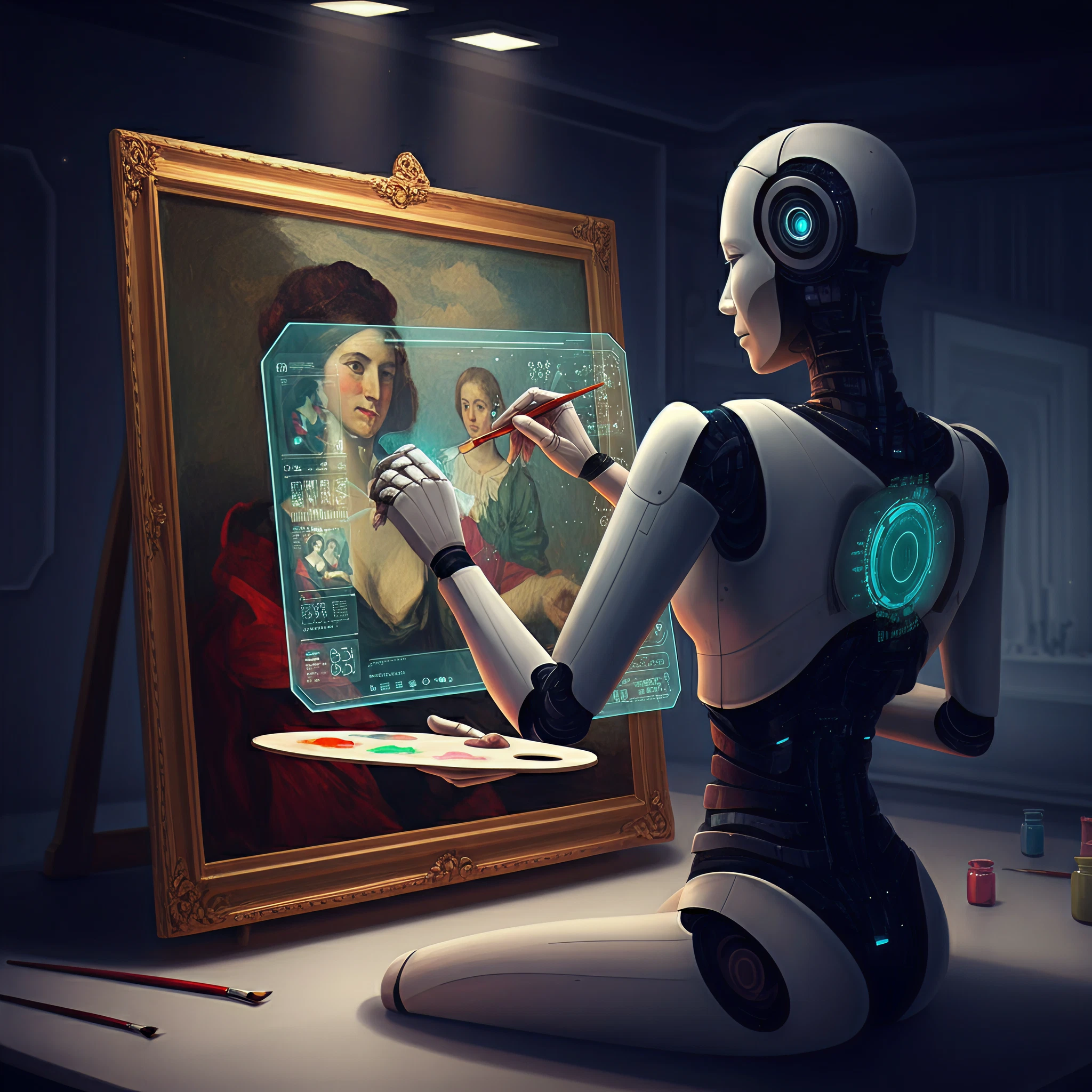The phrase “AI modify image” is rapidly transforming from a futuristic concept to a widely adopted reality across industries. From correcting blemishes to generating entirely new visuals, artificial intelligence (AI) has redefined the way we interact with digital images. For tech enthusiasts, graphic designers, and AI developers, understanding the growing capabilities of AI in image modification provides a comprehensive window into the limitless creativity and efficiency AI can now deliver.
This article unveils the exciting world of AI-powered image modification–touching on the advanced techniques, tools, applications, ethical considerations, and revolutionary impacts that come with this game-changing technology.
What is AI Image Modification?
AI image modification refers to the application of artificial intelligence algorithms to analyze, edit, and enhance digital images. With the help of machine learning and neural networks, AI can now perform a range of sophisticated tasks, such as removing objects from an image, altering lighting, and even creating hyper-realistic designs from scratch.
Unlike traditional photo editing tools that require manual skill and precision, AI makes image editing accessible to everyone, often relying on natural language input such as, “Remove the object in the background,” or “Make the skies sunnier.”
AI Techniques Behind Image Modification
AI’s versatility in visual content editing stems from several key technologies, including:
1. Generative Adversarial Networks (GANs)
GANs use a system of “two AI models”—a generator and a discriminator—that work together to create realistic visuals. This technology powers everything from face-swapping to creating photorealistic landscapes.
2. Neural Style Transfer
This technique allows images to adopt the artistic style of another. Whether it’s transforming a modern photo into a Van Gogh-inspired painting or mimicking the tones of a retro film, neural style transfer makes highly-artistic outcomes easy.
3. Image Super-Resolution
AI algorithms upscale image quality and resolution without losing detail, ideal for enhancing images with low pixels for printing, marketing, or publication.
4. Text-to-Image Models
Tools like Google’s Gemini 2.0 Flash leverage the power of natural language prompts to conceptualize and generate entire visuals. These multimodal models bridge conversational AI with image editing in remarkable ways.
Tools and Platforms to Modify Images with AI
Thanks to cutting-edge innovations, there’s an array of tools empowering professionals and enthusiasts to explore AI-driven image modification.
1. Adobe Photoshop (Generative Fill)
Already an industry favorite, Adobe Photoshop now integrates AI to allow users to fill backgrounds or objects dynamically based on a few prompts.
2. Google’s Gemini 2.0 Flash
Following OpenAI’s DALL-E, Google’s Gemini 2.0 Flash enables effortless integration of text-based editing into image workflows. Tasks such as removing unwanted objects, modifying scenery, or creating synthetic details from scratch are now conversational features.
3. MidJourney & Stable Diffusion
These platforms stand out for generative image creation based on descriptive prompts, revolutionizing concept art and graphic design.
4. Canva AI-Powered Edits
Canva simplifies complex tasks like background removal, object resizing, and even aesthetic transformations, all with user-intuitive AI features.
Creative Applications of AI Image Modification
AI’s growing role in image editing brings vast opportunities for creative professionals and hobbyists alike.
- Graphic Design
Graphic designers now rely on AI to enhance workflows by creating mockups, sharpening resolution, and designing campaign visuals.
- Marketing and Branding
AI lets marketers experiment with product shots, social media assets, and personalized ad content tailored for high engagement.
- Entertainment and Media
Game developers, filmmakers, and artists employ AI-modified images to conceptualize visuals, generate storyboard scenes, or build fantastical worlds effortlessly.
- Content Creation
Social media influencers and bloggers can now remove imperfections, add dramatic effects, and restructure images into mobile-friendly formats without prior editing experience.
Ethical Considerations of AI in Image Modification
Despite its infinite possibilities, AI-driven image modification raises ethical questions that must be taken seriously.
1. Deepfakes and Manipulated Media
AI-generated visuals can blur the line between reality and fiction, particularly with malicious applications like creating deepfakes.
2. Intellectual Property Issues
Using AI tools trained on existing image sets without proper credit or attribution can challenge intellectual property rights.
3. Bias in AI Training
Like any AI, image modification tools can inherit biases from the datasets they’re trained on, potentially leading to skewed outputs or unethical alterations.
4. Loss of Human Skill
With AI taking over image editing, some fear that traditional skills in photography or design will be diluted as reliance on automation grows.
Looking Ahead – Opportunities and Potential
The future of AI in image modification holds endless potential. Innovations like Google’s Gemini 2.0 Flash, which combines conversational AI with image synthesis, pave the way for powerful multimodal tools capable of merging text, graphics, and context seamlessly.
Whether it’s scaling up image resolution for business presentations, creating surrealistic concepts for art projects, or expanding accessibility by removing upfront technical barriers, AI demonstrates its ability to enhance productivity while inspiring creativity.
Final Thoughts
Artificial intelligence has dramatically reshaped the way we think about and interact with digital visuals. For tech enthusiasts, graphic designers, and forward-thinking AI developers, tools like Gemini, Photoshop, and Stable Diffusion mark the start of an exciting new era of creativity and efficiency. However, alongside these advancements, we must remain mindful of ethical concerns to ensure AI is adopted responsibly.
Curious to see the future of image editing firsthand? Explore and test the incredible potential of Google’s Gemini 2.0 Flash and other leading platforms today.
Create the impossible. Modify the possible. The future is here, one pixel at a time.








